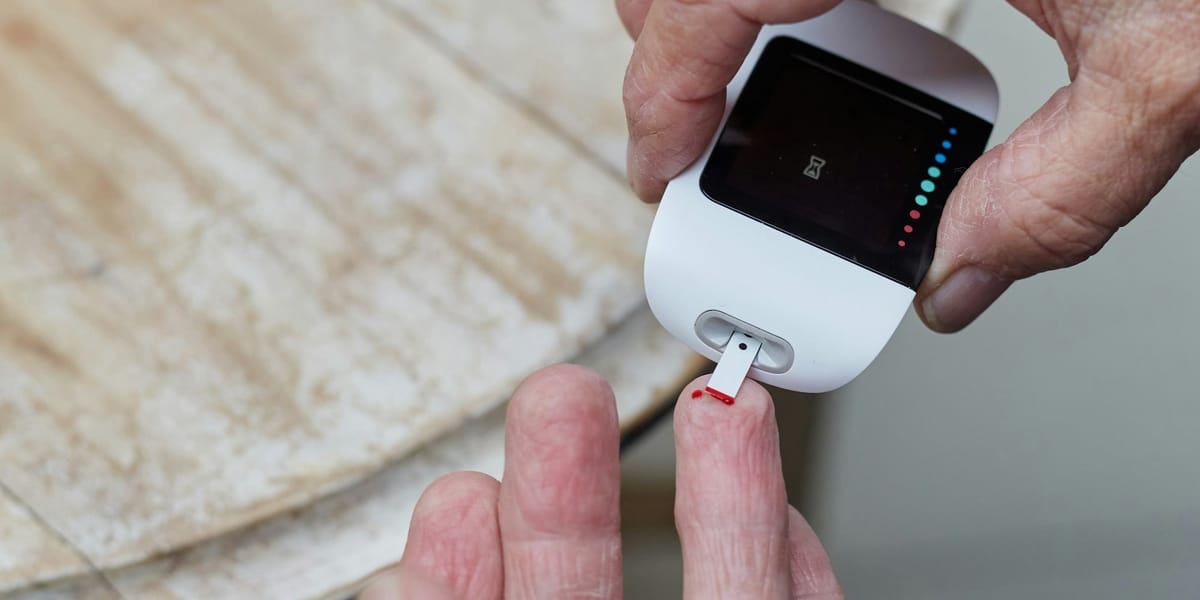Innovations in Diabetes Technology: A New Era of Care

Diabetes technology has seen remarkable advancements in recent years, revolutionizing how individuals manage their condition and improving their quality of life. From continuous glucose monitoring (CGM) systems to artificial pancreas technology, these innovations offer greater convenience, accuracy, and peace of mind for people with diabetes.
One of the most significant trends is the widespread adoption of CGM systems. These devices continuously track glucose levels throughout the day and night, providing real-time data on a user's smartphone or receiver. This allows for better understanding of glucose patterns, timely adjustments to insulin doses or lifestyle choices, and early detection of hypoglycemia or hyperglycemia. The latest CGM models are smaller, more user-friendly, and integrate seamlessly with insulin pumps and other diabetes management tools.
The development of artificial pancreas systems, also known as hybrid closed-loop systems, represents a major breakthrough in diabetes technology. These systems combine a CGM device with an insulin pump, automatically adjusting insulin delivery based on real-time glucose readings. This technology has been shown to improve glycemic control, reduce the risk of hypoglycemia, and alleviate the burden of diabetes management for individuals with type 1 diabetes.
Another exciting trend is the integration of diabetes technology with mobile apps and digital health platforms. These apps allow users to track their glucose levels, insulin doses, food intake, and physical activity, providing a comprehensive overview of their diabetes management. Some apps also offer personalized coaching, educational resources, and community support, empowering individuals to take an active role in their health.
Moreover, research is underway to develop non-invasive glucose monitoring techniques, such as smartwatches or patches that measure glucose levels without the need for finger pricks. These technologies hold the promise of even greater convenience and less discomfort for people with diabetes.
However, it is important to note that access to these innovative technologies can be limited by factors such as cost, insurance coverage, and healthcare disparities. Advocacy efforts are crucial to ensure that everyone with diabetes has access to the tools and resources they need to manage their condition effectively.
In conclusion, the latest trends in diabetes technology are transforming the landscape of diabetes care, offering improved glycemic control, greater convenience, and enhanced quality of life for individuals living with diabetes. As technology continues to evolve, we can expect even more exciting developments that will empower people with diabetes to thrive.
Sources:



